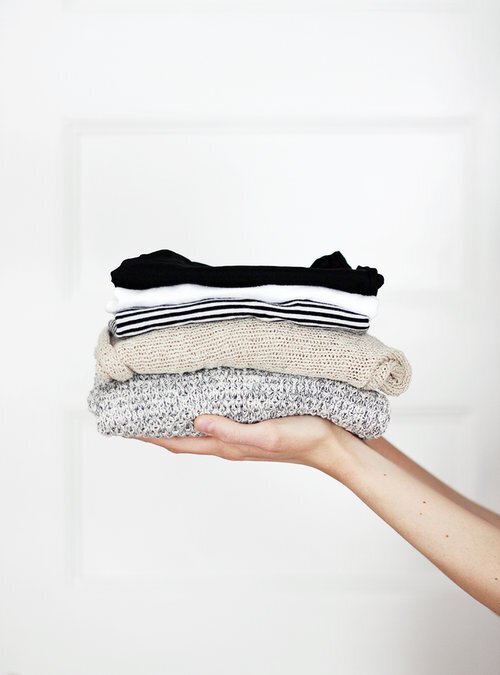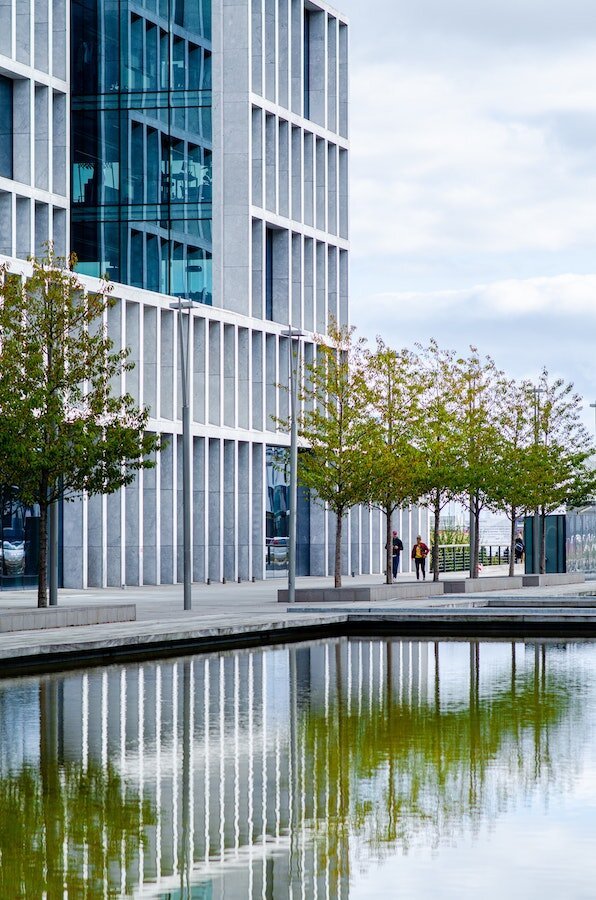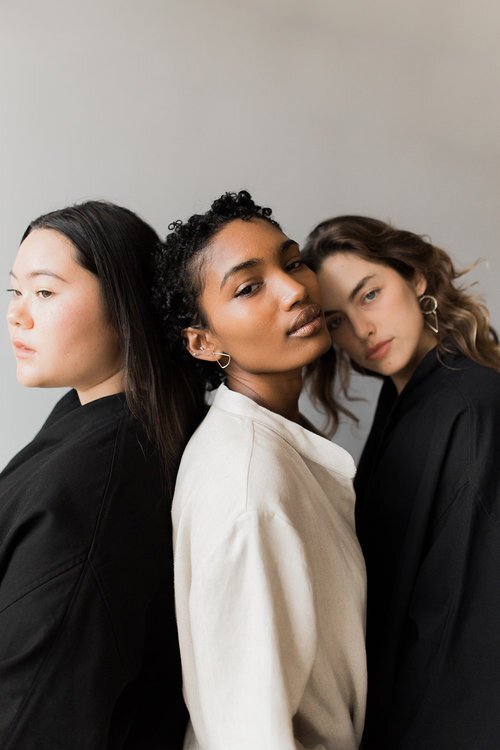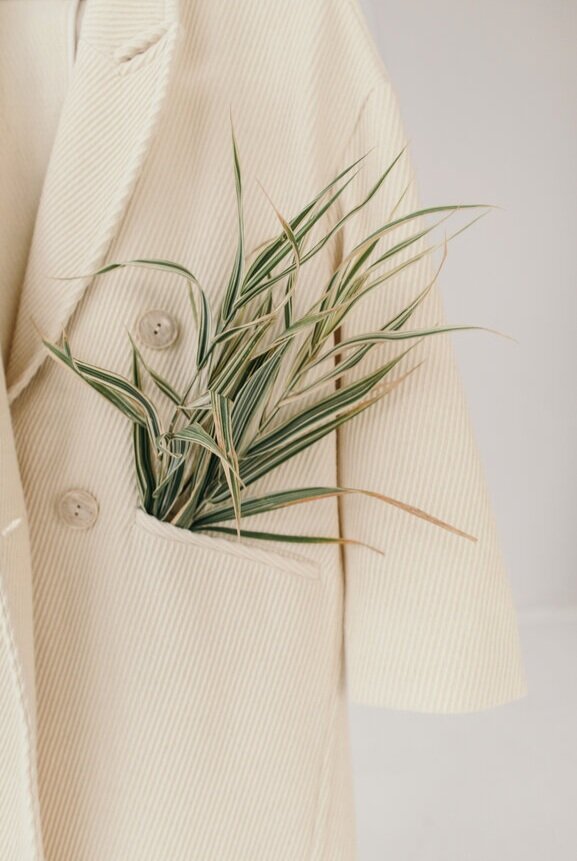
Looking Ahead At The Bright Future Of Sustainable Fashion
Eco-Friendly Fashion Is In Style
Only a decade ago I was hard pressed to explain the scope of sustainable fashion. Today I still have the same conversations: “no, I am not just cutting up old clothes” or “yes, I know what plant hemp comes from.” But from the vernacular to pop culture, sustainability has made its way into mainstream culture. The more information that’s available, the easier it is for people to get on board and understand where sustainable fashion has come from—and how to incorporate it into their future.
“As sustainability continues to weave its way into the fabric of society, fashion brands have taken notice and have shifted their collections.”
What is amazing about sustainable fashion is how it has grown to become an umbrella of earth-helping goodness. I don’t want to directly thank Macklemore for his 2012 Thrift Shop buuuuut the correlation with mass vintage shopping is undeniable. While we at times ostracized past generations for wanting to make the world greener, they now are celebrated. Sustainability also isn’t just for Goop-y soccer moms or those girls from Without A Paddle living in a treehouse. It’s not a joke to make on TV on how your neighbor is making their own homemade granola, now it is praised—and you’d ask for the recipe. As sustainability continues to weave its way into the fabric of society, fashion brands have taken notice and have shifted their collections.
Consumer Habits Are Changing And brands are taking notice.
“In 2015, Nielsen published a sustainability report that showed 66% of consumers will pay more for a sustainably made product. This trend has been on the rise and only growing.”
In 2015, Nielsen published a sustainability report that showed 66% of consumers will pay more for a sustainably made product. This trend has been on the rise and only growing, which bodes well for the future. We cannot wait to continue to watch and help support the sustainable fashion movement.
Organizations have begun to celebrate eco-friendly brands, like Eco-Age who hosts a yearly Green Carpet Fashion Awards as well as panel discussions and helps to make sustainability a priority for prominent fashion brands. By working on both informing the consumers and the industry, they are helping to bring us into a more sustainable future.
Vogue’s CFDA, which helps fund and host awards for emerging designers, is inherently supportive of a forward-thinking fashion industry since those going the extra mile prioritize sustainability. By helping to promote sustainability early in designers careers, we can’t wait to see where their designs go and how their careers help to impact the sustainable movement.
Technology As A Key Factor For A Sustainable Fashion Future
Technology on a more personal scale has been able to advance sustainable fashion as well. From apps like ThredUp, selling and buying secondhand clothing is at your fingertips. Vintage and secondhand clothes play such an important role in the future of sustainable fashion because the more we are able to reuse and recycle, the less product is made. Apps make a sustainable life so easily accessible. With new apps on the rise like JouleBug, that makes living sustainably a fun competition with friends, there are constantly new developments in consumer tech for eco-friendly living.
Looking towards the physical materials and what their advancements mean for sustainable fashion, many brands, like Christy Dawn and Whimsy + Row, have been using deadstock to make their clothes. Brands like Thread International are using recycled water bottles in their designs for companies like Reebok. Now looking forward, other companies like Pinatex are creating entirely new materials like vegan leather made from pineapples to help cut down on harmful products. As brands continue to push the limits of what clothes can made from, we can see how this will greatly impact sustainability as we know it.
Protecting People As Well As Planet
The payment of fair wages to those creating clothes has been a longstanding problem facing the fashion community. Sustainable brands have been working towards paying fair wage and having safe factory conditions. Companies like ABLE have been publishing their wages and encouraging other brands to be as transparent. Transparency is key to having a sustainable future with brands being accountable for their actions.
The sustainable fashion industry is a constantly moving target. The greatest part of the future of sustainable fashion is that more and more people are excited about it every day. From small fair trade brands to massive fashion industry leaders, there are many new practices being developed and support being offered towards sustainable fashion. The more we improve, the higher we set the bar. So get excited—put on that 80’s dance song you love, but also would never tell anyone about. The future of sustainable fashion is a bright one and we can’t wait to be a part of it
RELATED READING
Sarah Spoljaric is a California girl through and through. She has a BA in World History from one of the top 10 greenest campuses in the world; The University of California, Merced and is a Content Curator for the visual travel app Trepic. She has a background in museum curating, loves reading women’s travel journals and is in search of the perfect IPA. She’s passionate about exploring this beautiful world that ethically-produced goods help to protect. Say hi on Instagram!





